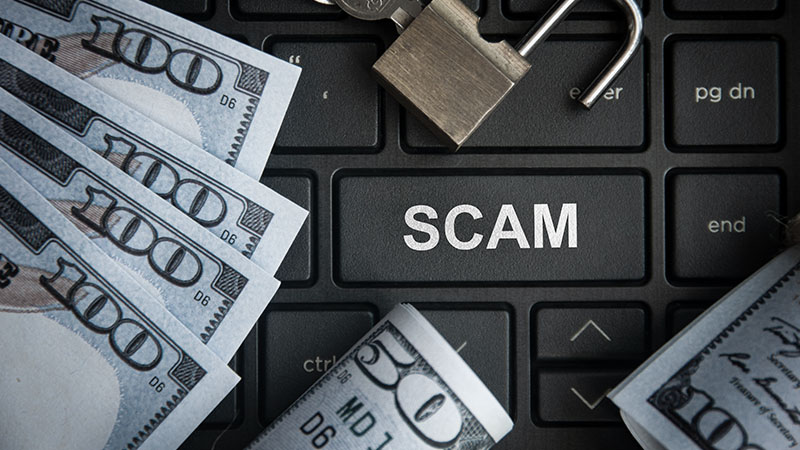The Drug Enforcement Administration (DEA) mistakenly sent $50,000 worth of seized cryptocurrency to scammers, highlighting the risks and complexities of handling digital assets securely.
Discover how this incident unfolded and the measures taken to address it.
The Mistaken Transfer
The Drug Enforcement Administration (DEA) mistakenly transferred over $50,000 worth of seized digital currency to another criminal involved in a common cryptocurrency scam.
This incident sheds light on the vulnerabilities of law enforcement agencies when dealing with cryptocurrencies.
Earlier this year, the DEA fell victim to a prevalent cryptocurrency scam and accidentally sent over $50,000 in digital currency to a different criminal while investigating money laundering related to illicit drug profits using digital currencies over a three-year period.
In May, the DEA seized over $500,000 worth of cryptocurrency linked to Tether, a cryptocurrency pegged to the US dollar, suspected to be used for transferring proceeds from illegal drug sales.
The funds were seized from two Binance accounts and stored in a Trezor hardware-based wallet under DEA control in a secure facility.
Scammers' Quick Actions
Meanwhile, the scammers were monitoring the blockchain and noticed when the DEA conducted a test transaction of $45.36 in Tether to the US Marshals Service as part of standard revenue processing.
Seizing the opportunity, the scammers swiftly set up a cryptocurrency address that matched the first five and last four characters of the Marshal's account.
Cryptocurrency addresses are typically about 30 characters long and act as unique identifiers for each wallet.
The scammers "airdropped" a fake address to the DEA's account, making it appear as if the test payment had been dropped into the Marshal's account.
The idea here was to deceive the DEA by making it seem like the scammer's address was actually the address of the Marshal's Service.
Airdrops are a legitimate feature of cryptocurrencies, allowing individuals or groups to send tokens representing a certain value of a particular currency to another person's account.
While usually used as a means to introduce new types of tokens, they can also be exploited for fraudulent purposes.
Outcome of the Scam
In the DEA's case, the scammers were successful, and the agency inadvertently sent around $55,000 to the scammers in a single transaction.
The Marshal's Service alerted the DEA to the incident, and the latter warned Tether's operators. This led to freezing the fake account, preventing the scammers from withdrawing the cryptocurrency.
However, Tether's representatives stated that the money had already been moved at that point.
This incident highlights the challenges that law enforcement agencies face in navigating the complexities of cryptocurrency transactions and the vigilance required to combat cryptocurrency scams.

